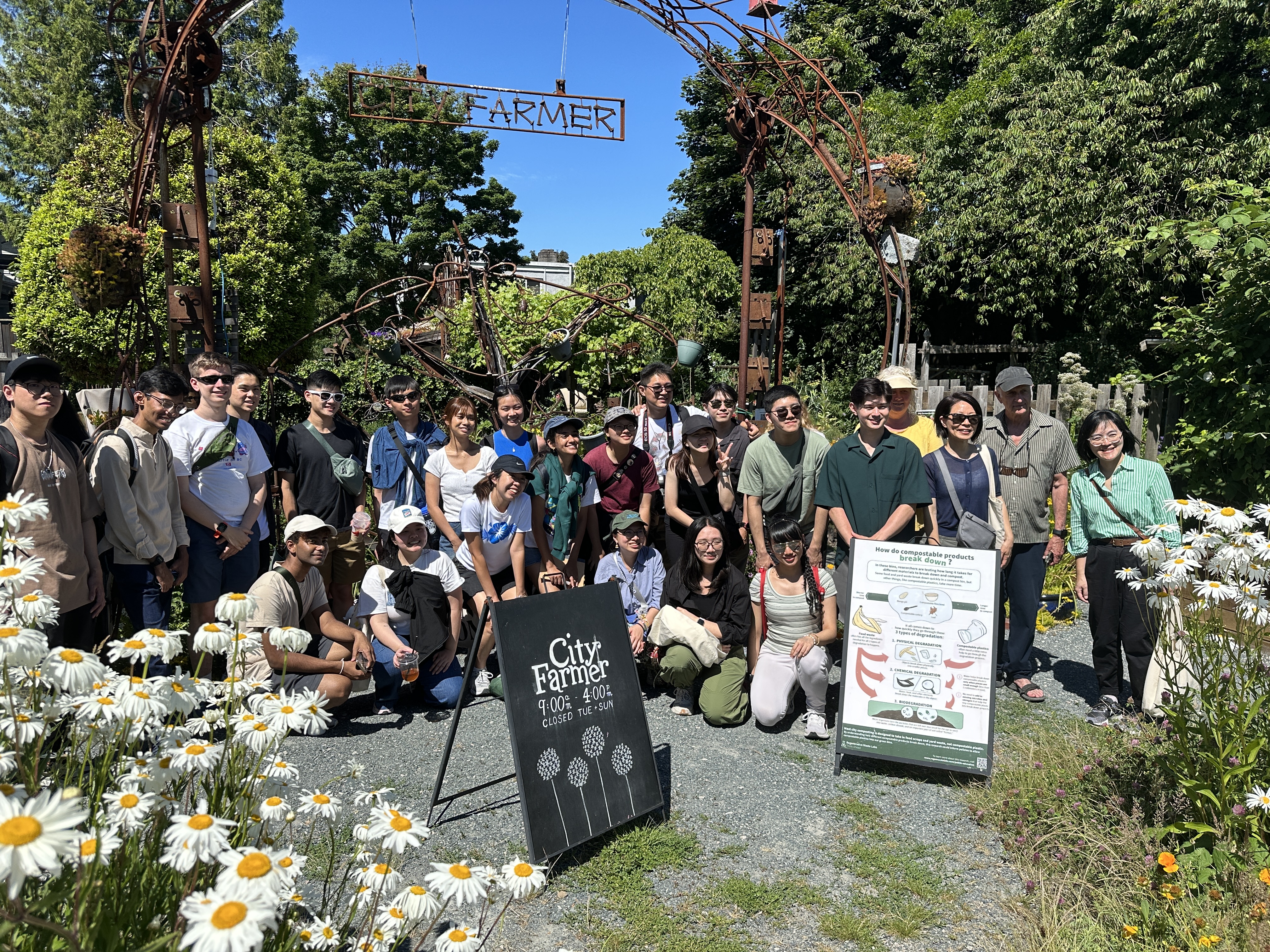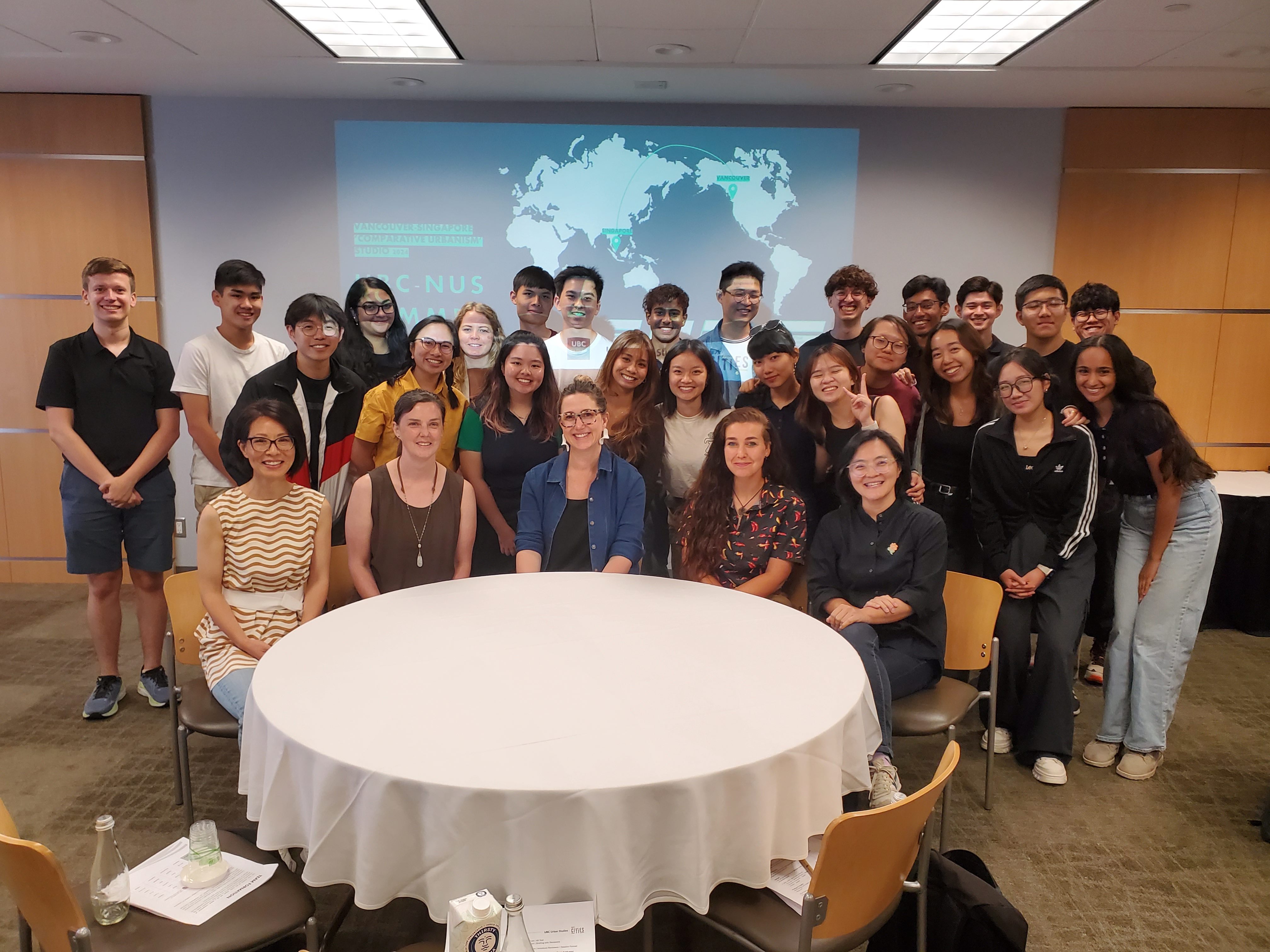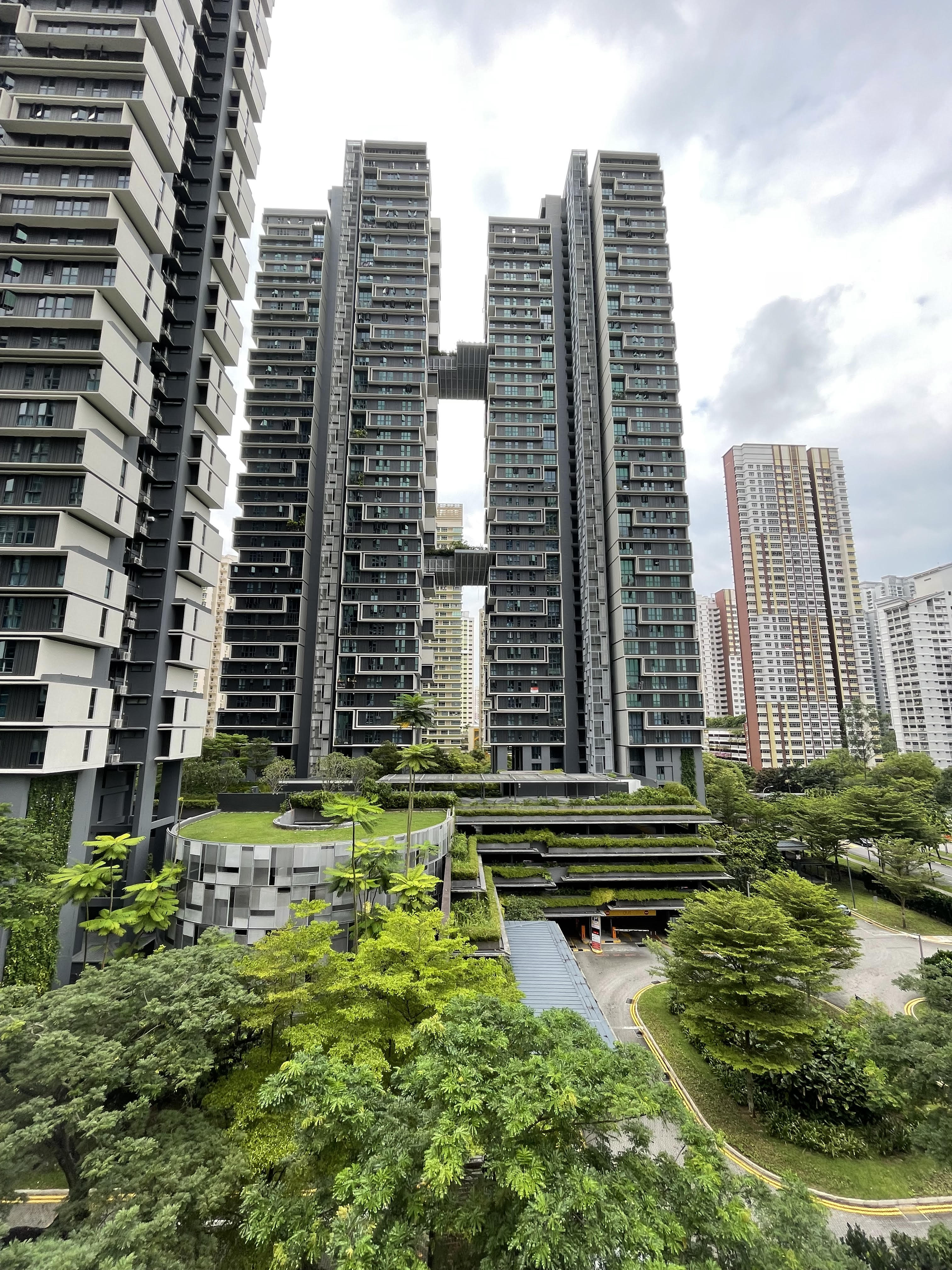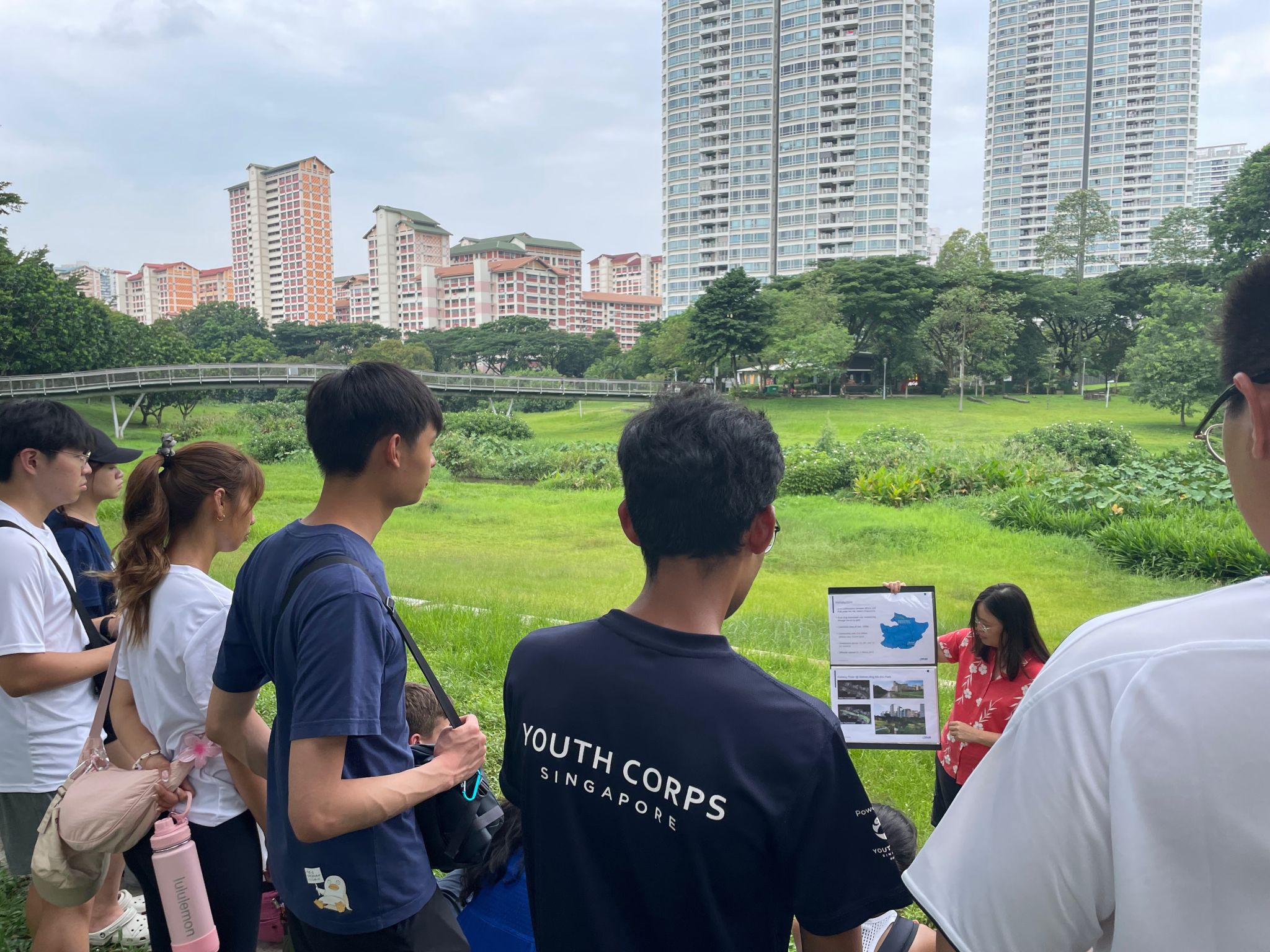It’s one thing to discuss urban livability in the classroom. It’s quite another to examine in person what makes a cityscape inviting, accessible and culturally relevant—and then compare and contrast two world-leading examples. The new UBC Global Seminar, “Singapore & Vancouver: The ‘Livable City’: A Comparative Exposition,” a Go Global offering, is the program’s first joint and reciprocal program with a partner university.
“The aim is to create a network of advisors—practitioners, community leaders, academics—who are keen about mentorship and wish to foster cross-cultural connections,” says Dr. Su-Jan Yeo, Adjunct Professor in the UBC School of Community and Regional Planning (Faculty of Applied Science).
In mixed teams, Global Seminar students from UBC and the National University of Singapore (NUS) spent July 2 to 9 in Vancouver, then July 13 to 20 in Singapore. The program included online sessions in June, field trips, studio sessions and presentation reviews, plus interaction with local advisors.
“Over the course of three intensive weeks, we engaged with leading professionals from the built environment and planning sectors in both cities,” said NUS student Radhakrishnan Srivarshini, a landscape architecture major. “Their expertise provided us with deep insights into the complexities of urban planning and design, and the innovative strategies employed to address the unique challenges faced by each city.”
We spoke with Dr. Yeo about the pilot Global Seminar.
Main focus: The concept is “immersive learning exchange” for upper-year undergraduate students with interest in urban planning, sustainability and infrastructure, public policy and governance, international relations and global affairs. Twelve UBC students joined 12 NUS students to learn together in both cities, embarking on a comparative study of the “livable city” concept by examining “blue-green urbanism” policies and practices.
Program goals: To expose students not only to local examples of blue-green urbanism, but also to introduce them to key actors and thought leaders from planning, landscape architecture, architecture and engineering.
What “blue-green urbanism” means: Blue-green urbanism is a nature-positive approach of integrating water systems (such as rivers, wetlands, rain gardens) and greening systems (such as parks, trees, green roofs) in cities to derive co-benefits. Co-benefits provide additional advantages—creating recreational opportunities and boosting well-being, for example—beyond the primary goal of addressing ecological and environmental challenges such as biodiversity loss and climate change. In simple terms, blue-green urbanism is a form of partnering with nature to co-create just, healthy, sustainable pathways for urban living.
What the term “livable” encompasses: The term "livable" perplexes me! The Global Seminar application process was an opportune moment to ask prospective participants what "livable city" meant to them. It was through their responses that I found clarity. One student’s analogy, in particular, resonated deeply with me and has stayed with me ever since. Paraphrasing their words, they likened a livable city to a well-tended garden—requiring thoughtful design, sustainable practices, and nurturing stewards. And just as a well-tended garden attracts biodiversity, a livable city draws people from all walks of life with its beauty and opportunities. “Livable” encompasses a dynamic space, evolving in harmony with the environment and adapting with humanity for future generations.
What worked/what didn’t: Acknowledging that field learning can bring unforeseen situations, we aimed to provide as much curricular structure at the outset for students and the teaching team. The result is a cohesive, organized program spanning two cities: Vancouver and Singapore. However, many successes emerged unexpectedly—often led by students themselves! As students connected, they organized social activities beyond the academic scope. We realized that more opportunities for peer-to-peer engagement in the pre-departure phase—even if remotely and online—would have helped students ease into collaboration and advance team-based objectives early on. Learning to leverage and optimize students’ potential for peer exchange has been the greatest lesson for me.
Why faculty should teach a Global Seminar: Teaching a Global Seminar has long been a personal aspiration. As a newcomer to this form of teaching, I navigated the excitement and challenges of co-designing and co-leading the UBC-NUS summer program. Thankfully, I had incredible collaborators from NUS, and strong support from UBC Urban Studies and UBC Go Global. I highly recommend teaching a Global Seminar for its immense value to both students and educators. Students gain exposure to real-world issues in an immersive, cross-cultural setting, while faculty benefit from pedagogic experimentation and expanded networks. Global Seminars also cultivate strong student-educator connections, showcasing the spirit of mentorship in action. The experience not only fulfilled my personal aspiration in a profoundly humbling way, but also reaffirmed the transformative impact of global education.
Project partners: UBC’s Go Global, Urban Studies (School of Community and Regional Planning (SCARP) and Department of Geography; NUS Cities (College of Design and Engineering) and Department of Architecture. Jointly leading the seminar were: Dr. Yeo; Cheah Kok Ming, Associate Professor in the NUS Department of Architecture (College of Design and Engineering); and Dr. Rosita Samsudin, Lecturer, with NUS Cities.
Read more about Global Seminars and Go Global programs.
UBC faculty, read about teaching a Global Seminar.
UBC undergrads, apply for a 2025 Global Seminar by mid-December.
Why is this topic particularly relevant now?
Dr. Su-Jan Yeo (UBC): The topic of blue-green urbanism is more important than ever as cities across different contexts face growing climate challenges. By looking at it through a comparative urbanism lens, we can diversify our frame of reference and, thus, broaden our perspectives to uncover innovative but previously overlooked solutions.
Dr. Rosita Samsudin (NUS Cities): The roles of blue-green infrastructures are indispensable to building a livable city. The benefits have gone beyond ecology and environmental discourses. We are seeing the contributions of blue and green in cities to promoting health, cultivating environmental stewardship and fostering social resilience. Doing comparative urbanism on this topic widens and enriches our perspectives of multiple blue-green trajectories implemented by cities, which can shape more integrated and contextual co-creations with nature.




